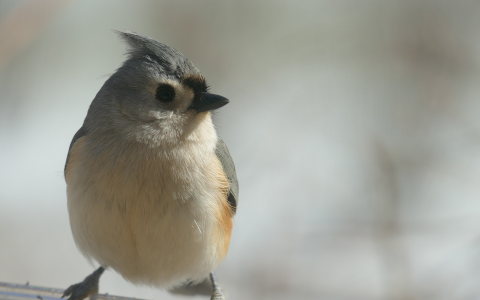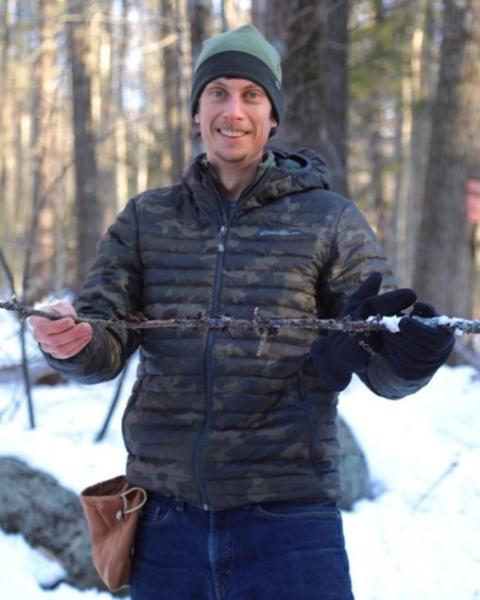If you’ve noticed fewer birds in your yard lately, you aren’t alone. However, there are several natural reasons that you may not be seeing as many birds, and one reason that is less than natural.
Migration
The first reason is migration. As the length of the day shortens, many birds migrate south for the colder months. Some birds travel a few hundred miles in search of food and breeding grounds, but others travel much farther. Woodpeckers, owls, crows, ravens, grouse and cardinals are considered “residents” and typically won’t leave in the winter. Most birds in our region are considered “short-distance migrants” who travel various distances but generally stay on the east coast. These include hawks, finches and sparrows. Mid- and long-distance migrants can go as far as Central and South America and the Caribbean. These include the wood thrush, scarlet tanager and Baltimore oriole who, incredibly, fly thousands of miles and then return every spring. Have a look at this article from the Cornell Lab of Ornithology about the basics of bird migration. Once you’re on the Cornell Ornithology website, dig into their other helpful articles such as “How to Choose The Right Kind of Bird Feeder” and “Why do woodpeckers like to hammer on houses? And what can I do about it?”
Mast Year
Another reason for spotting fewer birds this year might have to do with this being a “mast year,” meaning that oak trees have produced a higher than average number of acorns. Mast years happen in 2–5-year cycles and the exact conditions that lead to a mast year is not entirely known. How does this relate to birds? If there is an abundance of food in the forest, they might not be as visible in your yard or at your bird feeder.
Climate Change and Habitat Loss
All that being said, global bird populations are currently in a period of dramatic decline due to climate change and habitat loss. The National Audubon Society reports that half of all birds are in decline and the United States and Canada alone have lost three billion birds in the past 50 years. It is important to understand the full picture on how climate change is affecting our environment at a local, regional and global scale and then learn what we can do to help protect fragile species at all these levels.
Want to learn what you can do to assist birds in your region? Check out “Seven Simple Actions to Help Birds.”

Do you love learning about stuff like this?
SUBSCRIBE TO Granite State Gardening newsletter
Got questions? The Ask UNH Extension Infoline offers practical help finding answers for your home, yard, and garden questions.
Call toll free at 1-877-398-4769, Monday to Friday, 9 a.m. to 2 p.m., or e-mail us at answers@unh.edu.


